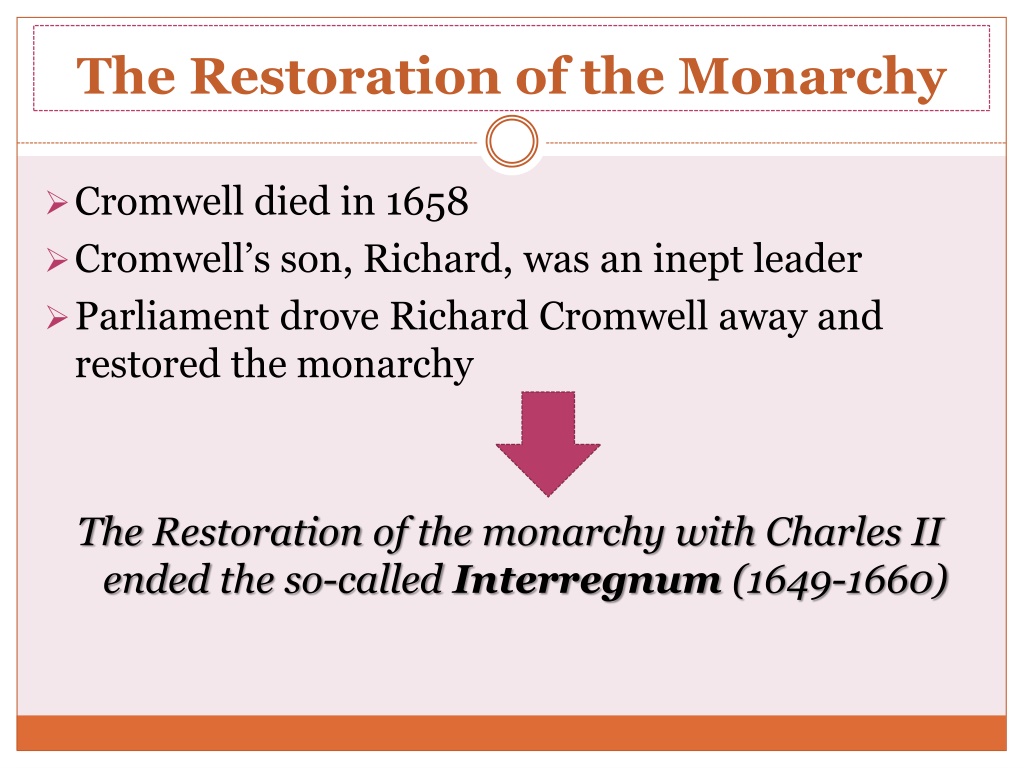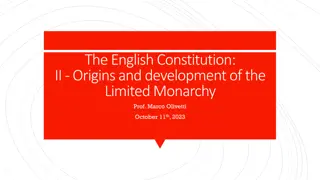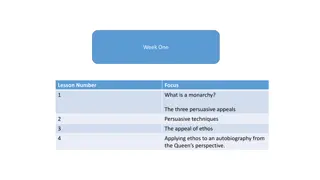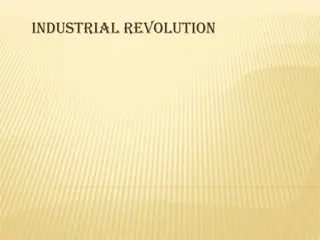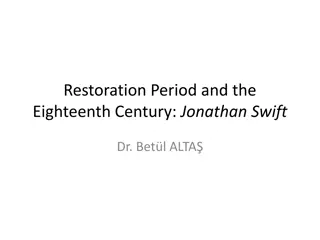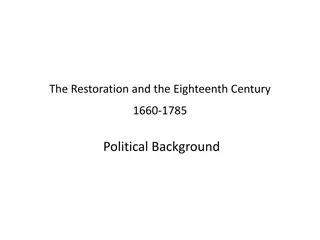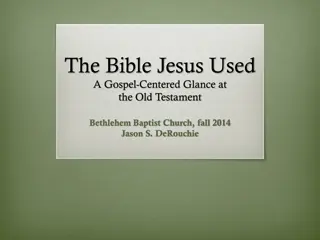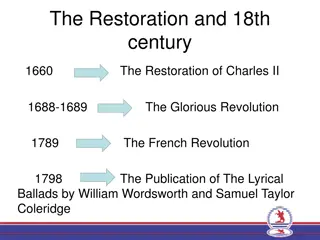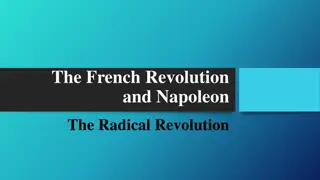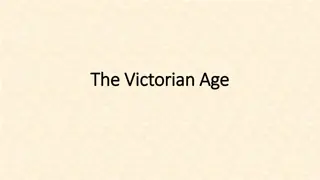The Monarchy in England: From Restoration to Revolution
The content discusses the Restoration of the monarchy in England, the reign of Charles II, the formation of political parties Whigs and Tories, the rise of the Whigs, James II's absolutist aims, and the Glorious Revolution leading to the Bill of Rights in 1689 limiting the monarch's power.
Download Presentation

Please find below an Image/Link to download the presentation.
The content on the website is provided AS IS for your information and personal use only. It may not be sold, licensed, or shared on other websites without obtaining consent from the author.If you encounter any issues during the download, it is possible that the publisher has removed the file from their server.
You are allowed to download the files provided on this website for personal or commercial use, subject to the condition that they are used lawfully. All files are the property of their respective owners.
The content on the website is provided AS IS for your information and personal use only. It may not be sold, licensed, or shared on other websites without obtaining consent from the author.
E N D
Presentation Transcript
The Restoration of the Monarchy Cromwell died in 1658 Cromwell s son, Richard, was an inept leader Parliament drove Richard Cromwell away and restored the monarchy The Restoration of the monarchy with Charles II ended the so-called Interregnum (1649-1660)
Charles II (1660-1685) Charles II was a weak ruler and his power was only formal. The real power of the monarch was transferred to Parliament and in particulary into the hands of a select group of ministers.
Whigs and Tories: two opposing parties formed The interests of the landed aristocracy and those of the trading bourgeoisie did not coincide. Two political parties were founded The Tories favoured the royalist Restauration (Cavalier) and were supported by the landed gentry the Anglican Church; The Whigs continued the Roundhead support for Parliament and mainly represented by the urban middle classes (mercantile class). They were traditionally Puritans.
The growing power of the Whigs In the election of 1679, the Whigs won the majority. However Parliament and, taking advantage of the division of the two parties, ruled as an absolute monarch. Charles II dissolved 1665 The Plague and the Great Fire. The rise of the Mercantile Classes
James II (1685-1688) Absolutist aims: he wanted to impose the Anglicanism he wanted to rule as an absolute monarch Both two parties, the Tories and the Whigs, opposed him and invited James s Protestant daughter, Mary, to return from Holland and take the throne, along with her Dutch husband William of Orange.
The Glorious Revolution The deposition of James II and the succession of William of Orange are known as the Bloodless or Glorious Revolution. The Bill of Rights (1689) The Toleration Act (1689) The Act of Settlement (1689)
Bill of Rights (1689) Parliament and monarch created agreement this monarch s power: by common limited contract, that the The king could no longer raise taxes; The king couldn t form an army or suspend laws without Parliament s consent.
The Toleration Act (1689) Religious tolerance was introduced and freedom of worship was guaranteed The Act of the Settlement Parliament excluded James s Catholic son from the succession.
